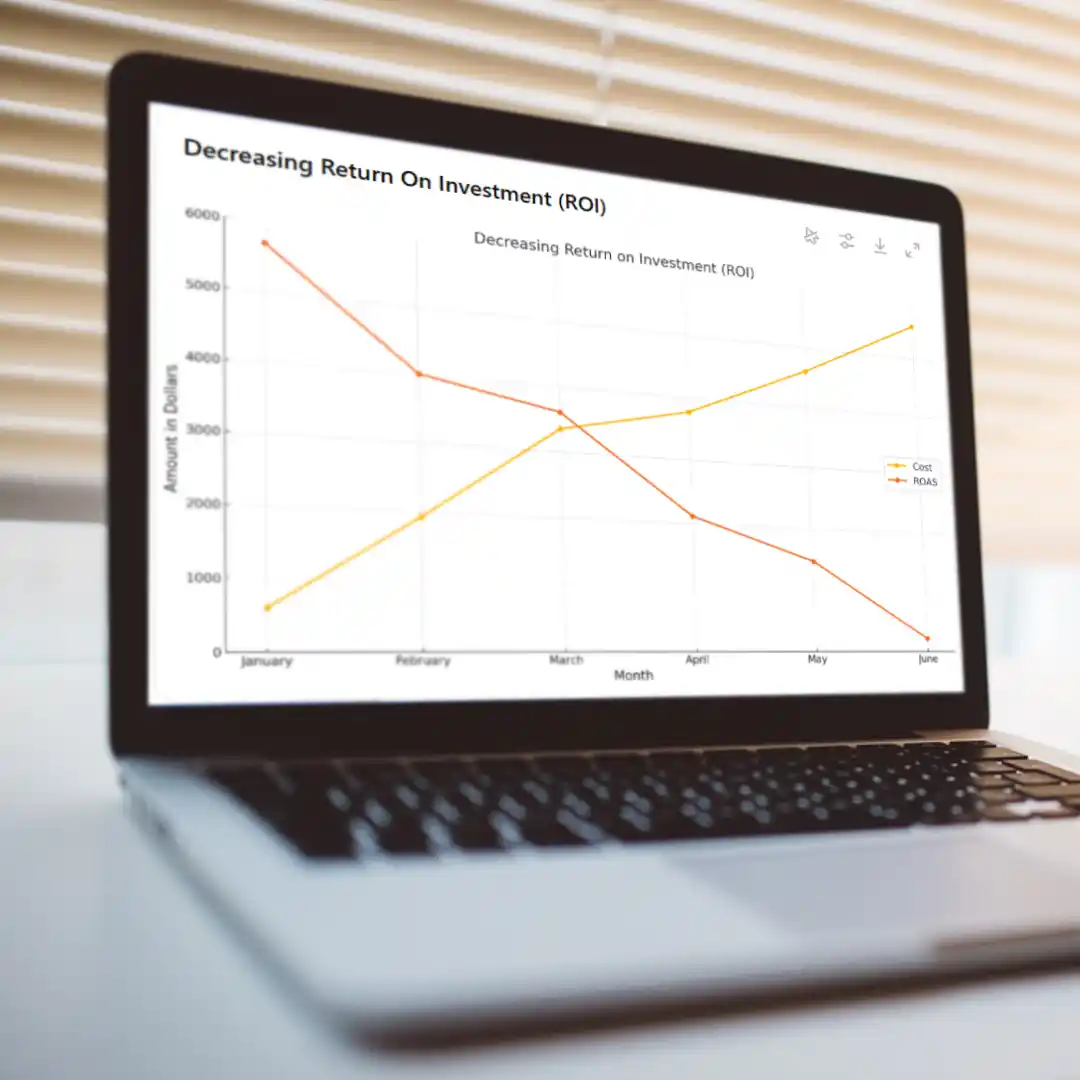Google Analytics has long been a valuable tool for advertisers, providing insights into website performance and user behavior. With the recent switch to Google Analytics 4 (GA4), Google aims to adapt to the changing landscape of data privacy and offer enhanced features for data analysis.
In this blog post, we will compare and contrast the features of Universal Analytics (UA) and GA4, exploring the changes in data collection as a result of Google’s privacy initiatives. We will also delve into how advertisers using Google Analytics will experience reporting and interpreting data in GA4.
Data Collection: Privacy Initiatives
One of the major driving forces behind GA4 is Google’s commitment to user privacy. GA4 implements several changes to data collection compared to UA, focusing on privacy and consent:
- Event-Based Tracking: UA primarily relies on pageviews and sessions for data collection. In contrast, GA4 utilizes event-based tracking, which provides more flexibility in tracking user interactions across multiple platforms and devices.
- Enhanced User Consent: GA4 emphasizes obtaining user consent and respecting user preferences regarding data collection. It offers granular control over data collection and provides advertisers with the ability to define which events require consent.
User-Centric Approach
GA4 introduces a user-centric approach to data analysis, enabling advertisers to gain a deeper understanding of individual user journeys:
- User ID Tracking: GA4 supports enhanced user identification capabilities, allowing advertisers to track and analyze user behavior across devices, even in cases where users are not logged in. This enables a more holistic view of user interactions and helps identify patterns and trends.
- Focus on Lifetime Metrics: GA4 emphasizes lifetime metrics such as Lifetime Value (LTV) and User Lifetime (LUT) to provide insights into long-term user engagement and retention. These metrics enable advertisers to make data-driven decisions for user acquisition and retention strategies.
Reporting and Interpreting Data
GA4 introduces a revamped interface and reporting structure, offering advertisers enhanced capabilities to extract meaningful insights:
- Streamlined Interface: The GA4 interface has undergone significant changes, providing a more intuitive and user-friendly experience. It offers a simplified navigation structure and a customizable dashboard for easier access to key metrics.
- AI-Driven Insights: GA4 incorporates machine learning to provide automatic insights and predictive analytics. This feature assists advertisers in identifying trends, anomalies, and potential opportunities more efficiently.
- Event-Driven Reporting: GA4’s event-driven reporting enables advertisers to focus on specific user interactions and events that are most important to their business. This flexibility allows for deeper analysis of user behavior and provides actionable insights.
- Cross-Domain Tracking: GA4 simplifies cross-domain tracking, making it easier to monitor user interactions across multiple websites or domains. This feature is especially useful for businesses with a diverse online presence.
Data Analysis and Insights
By leveraging GA4’s new features, advertisers can unlock even greater potential for data analysis, gain valuable insights, and make informed decisions to drive their marketing strategies forward. Here is a granular look at a few more useful recent additions to Google Analytics:
- Enhanced E-commerce Tracking: GA4 introduces improved e-commerce tracking, making it easier for advertisers to analyze and measure the effectiveness of their online stores. It provides more granular data on product interactions, including product detail views, add-to-cart actions, and purchases. This enables businesses to optimize their e-commerce strategies and improve conversion rates.
- Expanded BigQuery Integration: GA4 offers expanded integration with Google BigQuery, a powerful data warehouse and analytics platform. This integration allows advertisers to export their GA4 data directly to BigQuery, enabling them to perform advanced data analysis, create custom reports, and leverage machine learning algorithms for more in-depth insights.
- Funnel Analysis: GA4 includes a built-in funnel analysis feature, which allows advertisers to visualize and analyze user journeys and conversion paths. This feature enables businesses to identify potential bottlenecks in their conversion funnels and optimize the user experience to increase conversions.
- Advanced Analysis: GA4 provides access to Advanced Analysis, a powerful toolset that allows advertisers to perform advanced data exploration and segmentation. With Advanced Analysis, businesses can dive deeper into their data, conduct cohort analysis, create custom funnels, and discover valuable insights to drive decision-making.
- Predictive Metrics: GA4 introduces predictive metrics, which use machine learning algorithms to forecast and estimate future outcomes. These metrics, such as purchase probability and churn probability, help advertisers make data-driven predictions and take proactive measures to optimize their marketing strategies and user experiences.
- Data Controls: GA4 empowers advertisers with more control over their data collection and processing. It offers enhanced options for data retention, allowing businesses to determine how long they want to retain user data. Additionally, GA4 provides configurable data deletion settings, enabling advertisers to comply with data privacy regulations and user preferences.
- Integration with Google Ads: GA4 seamlessly integrates with Google Ads, allowing advertisers to import their Google Analytics data directly into Google Ads for a more comprehensive view of their advertising campaigns’ performance. This integration facilitates better optimization of ad spend and more accurate attribution analysis.
Conclusion
Google Analytics 4 represents a significant evolution from Universal Analytics, offering improved data collection methods, enhanced privacy controls, and a user-centric approach to data analysis. Advertisers using GA4 will experience a more comprehensive understanding of user behavior, streamlined reporting, and AI-driven insights.
As privacy concerns continue to shape the digital landscape, GA4 equips advertisers with the tools necessary to adapt and make informed decisions in an evolving data-driven world. By embracing GA4, advertisers can stay ahead of the curve and unlock the full potential of their data.
Remember, staying up to date with the latest advancements in analytics is crucial for successful digital marketing strategies. Google Analytics 4 provides a solid foundation for businesses to thrive in an increasingly privacy-focused environment.





